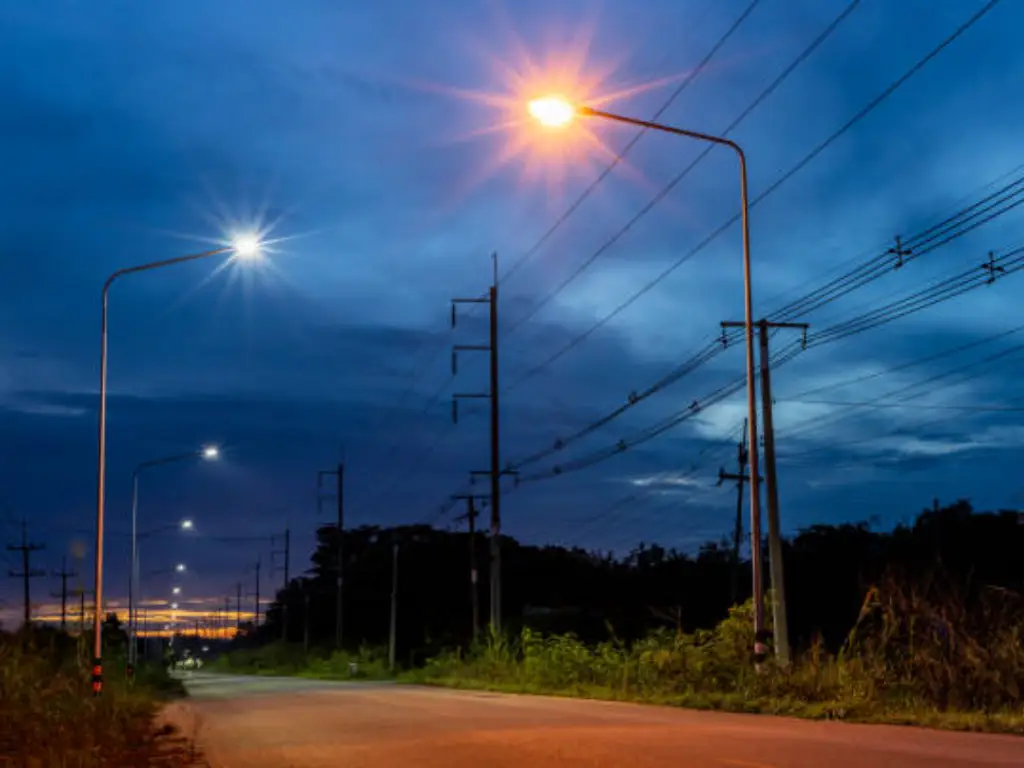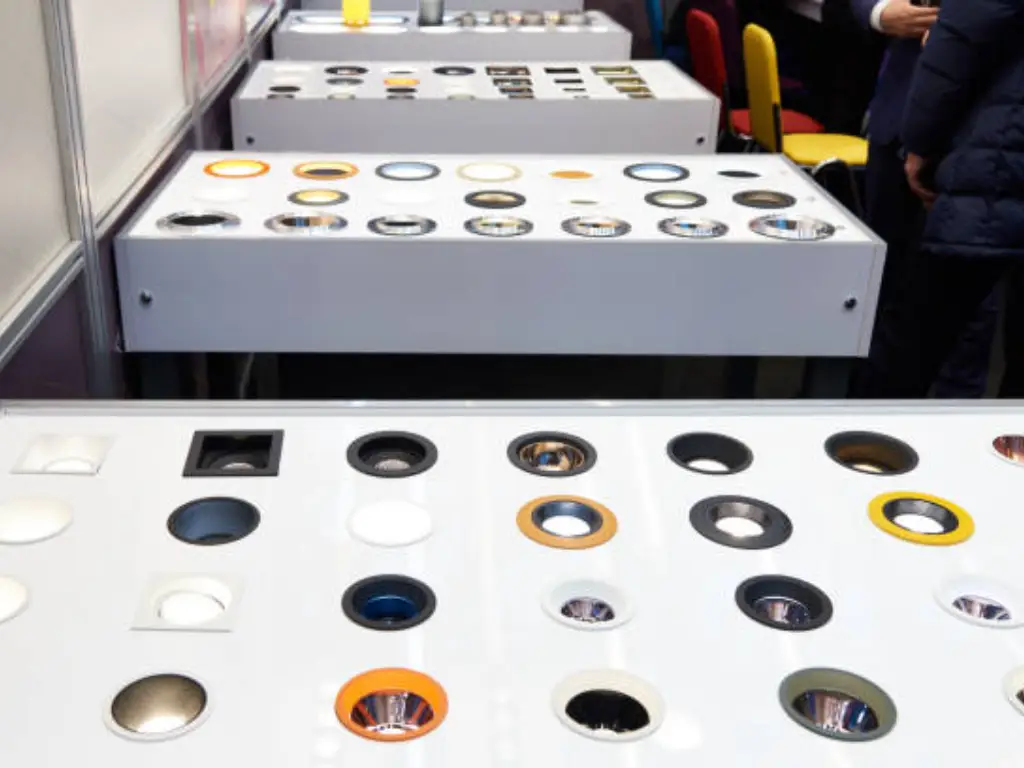Introduction: How Street Lights Know When to Light Up?
Have you ever noticed how street lights seem to magically illuminate our paths as dusk settles, and then gracefully fade away with the first rays of dawn? This seemingly intuitive behavior isn’t magic, but rather a testament to clever engineering and technology designed to enhance safety, visibility, and energy efficiency in our communities.
Understanding the mechanisms behind when street lights turn on not only satisfies our curiosity but also sheds light on the advancements in urban infrastructure and the crucial role of efficient lighting. From basic street light control systems to sophisticated roadway lighting networks, these technologies work silently in the background of our daily lives.
In this comprehensive blog, we’ll delve into the fascinating world of street light automation, exploring the technologies and factors that dictate their operational timing.
The Role of Light Sensors in Street Lighting
Light sensors, also called photocells, serve as the most widely used technology for controlling the on-off cycles of street lights. These tiny, often overlooked devices perform the function of the eyes of a street lighting system since they have the capability of checking the levels of light available in their environment.
How Light Sensors Detect the Arrival of Dusk
Photocells are made from a cadmium sulfide (CdS) or silicon photocell and have a specific construction. Such materials have a property known as photoconductivity which means that the electrical resistance can change with the amount of light incident on them. In the daytime, there is a lot of sunshine, and the lower resistance present in the photocell means that no current passes through the photocell, and the current is not allowed to flow to the light.
As day changes to night, less light falls on the photocell. This lesser light results in an increase in the resistance of the sensor. When this resistance happens to cross a certain limit and reaches the value of a certain fixed value, a relay would switch and allow current to pass through the street, which turns it on. While the sun is rising, the previously mentioned process is reversed, and all the lights are turned off instead. This automated process allows for better regulation regarding the consumption of energy without the need for manual intervention.
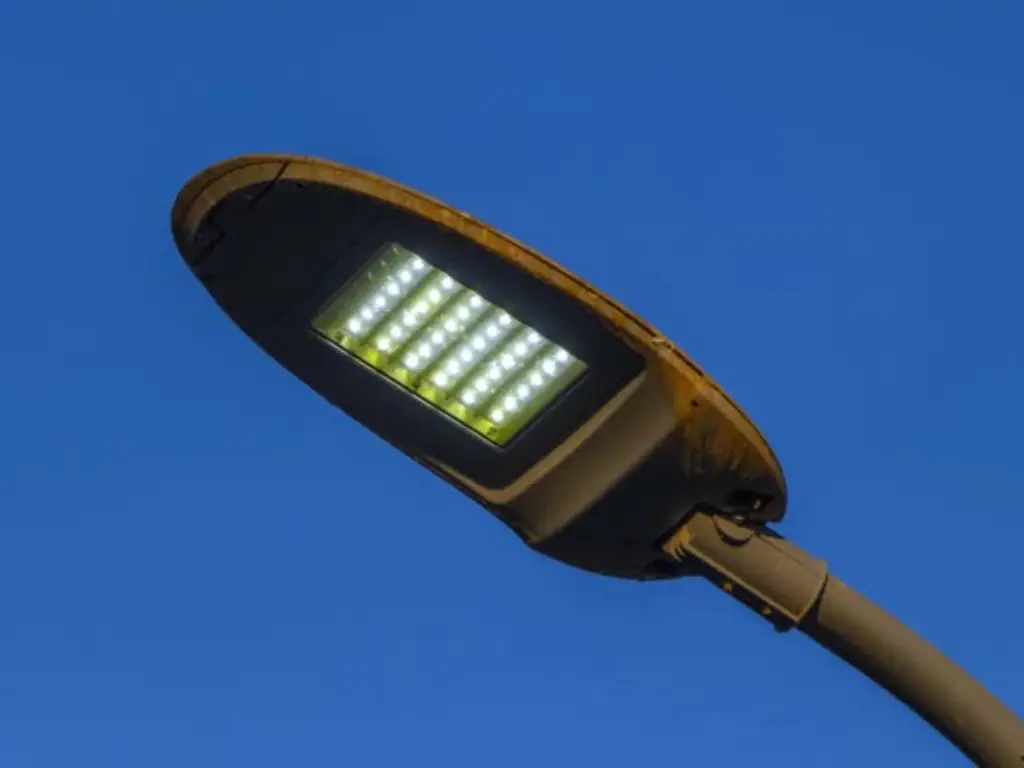
Beyond Sensors: The Role of Timers and Centralized Control Systems
While common light sensors are the most utilized features integrated into street lights, some systems further include timers or centralized control systems. Timers execute actions according to specific schedules, frequently determined from historical data regarding the time of sunrise and sunset in the given location. These systems may not respond quickly to changes in weather conditions, but they can be advantageous as light sensor backups or in some situations.
On the contrary, centralized control systems incorporate a higher level of sophistication. These systems link individual street lights to a central management unit using wireless communication technologies. This enables entire lighting networks to be monitored and controlled remotely. Adjusting lighting schedules, dimming lights in areas with low traffic, and receiving real-time alerts on malfunctions are just a handful of the activities performed by many operators.
Coupled with other smart city initiatives, these systems also increase effectiveness, adaptability, and integration.
| Control Method | How it Works | Advantages | Disadvantages |
| Light Sensors (Photocells) | Detect changes in ambient light levels to automatically switch lights on/off. | Energy-efficient, responsive to real-time light conditions, minimal manual intervention needed. | Can be affected by localized light sources or obstructions. |
| Timers | Operate based on pre-set schedules determined by sunrise/sunset times. | Consistent and predictable operation can be used as a backup system. | Less responsive to immediate weather changes or variations in daylight hours. |
| Centralized Control Systems | Remotely monitor and control individual street lights through a central hub. | Enhanced control and flexibility, remote diagnostics and adjustments, integration with smart city systems. | Higher initial cost, reliance on communication infrastructure, and potential security vulnerabilities. |
Factors That Influence When Street Lights Actually Turn On
Although the technology is responsible for the mechanization, other factors outside the system have further importance in determining what time street lights turn on.
Seasonal Shifts: How Longer Nights Lead to Earlier Illumination
The most accepted one is the extension of day and night cycles in a particular calendar season because of the Earth’s tilt on its axis rotating around the sun. For instance, at the midyear or summer season, the length of the day significantly increases, resulting in sunset being very late in the evening. Thus, the street lights tend to turn on around 8:00 PM or sometimes even later in certain areas.
And, when we head towards the winter months, the available days become shorter and the sunsets occur a lot earlier. As a result, this adjusts the time the street lights need to turn on around this time to 4:30 PM, sometimes even earlier. This adjustment is bound to happen in every season, thereby making sure that there is ample lighting available for street users during the dark time of the day.
The Impact of Weather: Why Street Lights Might Turn On Sooner on a Cloudy Day
The amount of sunshine and temperature impact the time of day street lights switch on. Street lights during bright and sunny days tend to switch on later in the evening because light levels in the urban setting remain high.
Due to cloud cover, other phenomena like rain can drastically reduce the natural light that reaches the ground. Therefore, the solar street light sensors will identify the low levels of light and enable the street lights earlier than they would on a clear day. Light activation can also be attributed to heavy fog and dust storms.
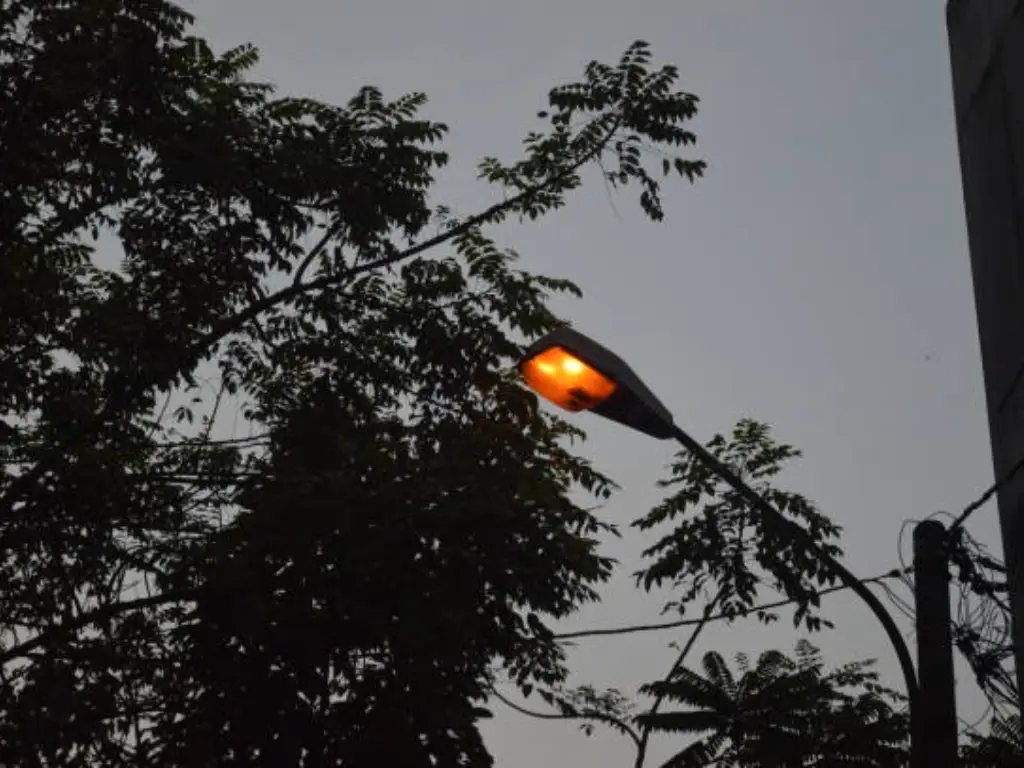
Geographical Location and Latitude: How Location Affects Daylight Hours
Geographical location- especially latitude- is fundamental in determining the daylight hours, as well as the times of sunrise and sunset. Nearest to the equator, there is more or less the same number of daylight hours all year round, which results in more or less predictable street light activation times. However, as one moves towards the poles (higher latitudes), there is greater variation in the amount of daylight received during summer compared to winter, suggesting that, in these regions, street lights would have a much longer range of activation times in winter as opposed to summer.
Urban Planning and Environmental Factors: Building Density and Light Obstruction
In addition to making a street light functional, the design and layout of a town or city can determine its operational timeframe. In highly populated urban centers with skyscrapers, shadows tend to occur much earlier than in most areas, which can reduce the natural light available at street level. As a result, the street lights may go on earlier relative to more open suburban and rural areas which have less dense populations, should automatically turn on preprogrammed lights far earlier than necessary.
In the same way, large trees or any other obstructions can block sunlight and make particular regions darker sooner, hence fostering conditions that enable earlier activation of nearby street lights. This, however, requires town planners to consider many parameters when designing such systems to ensure adequate and optimal street illumination is where and when it’s needed most.
Advances in Street Lighting Technology
Modern systems of street lighting offer convenience and many advantages over older models. The technology used in streetlights has undergone transformation over time.
Transition to LED: Benefits Beyond Brightness
When it comes to streetlights, the adoption of Light Emitting Diodes represents enormous progress. Unlike their predecessors, which employed high-intensity discharge lamps, LEDs enable an array of benefits.
It’s been observed that the use of LED street lights results in a significant decrease in energy consumption. Compared to traditional street lights, LEDs consume 40 – 60% less, which means a great deal of cost for municipalities and decreases the carbon footprint.
Moreover, the lifespan of LED lights is considerably higher in comparison to traditional lamps. While other lamps last for 10 to 20 thousand hours, LED lights surpass them by 50-100 thousand hours. Not only does this increase the duration for replacements, but it also saves maintenance costs. Another benefit of LEDs is enhanced quality of light. They provide better color rendering, uniform distribution of light and therefore improve the safety and visibility for pedestrians and drivers.
Smart Street Lights and IoT Integration
The integration of smart technologies and the Internet of Things (IoT) is the new frontier in street lighting. Unlike regular smart street lights that turn on and off based on the amount of light available, modern street lights are capable of harvesting a wide range of sensors and communication technologies which enable features like remote surveillance and control as well as smart city interface for traffic management, environmental survey, and public safety Smart systems are capable of adaptive lighting where brightness can be adjusted depending on the presence of traffic or pedestrians.
To optimize energy efficiency, some smart street lights with motion sensor technology, like human sensors and radar sensors, only illuminate at full brightness when it is essential. In addition, modern urban planning and management can benefit from the data provided by these smart systems.
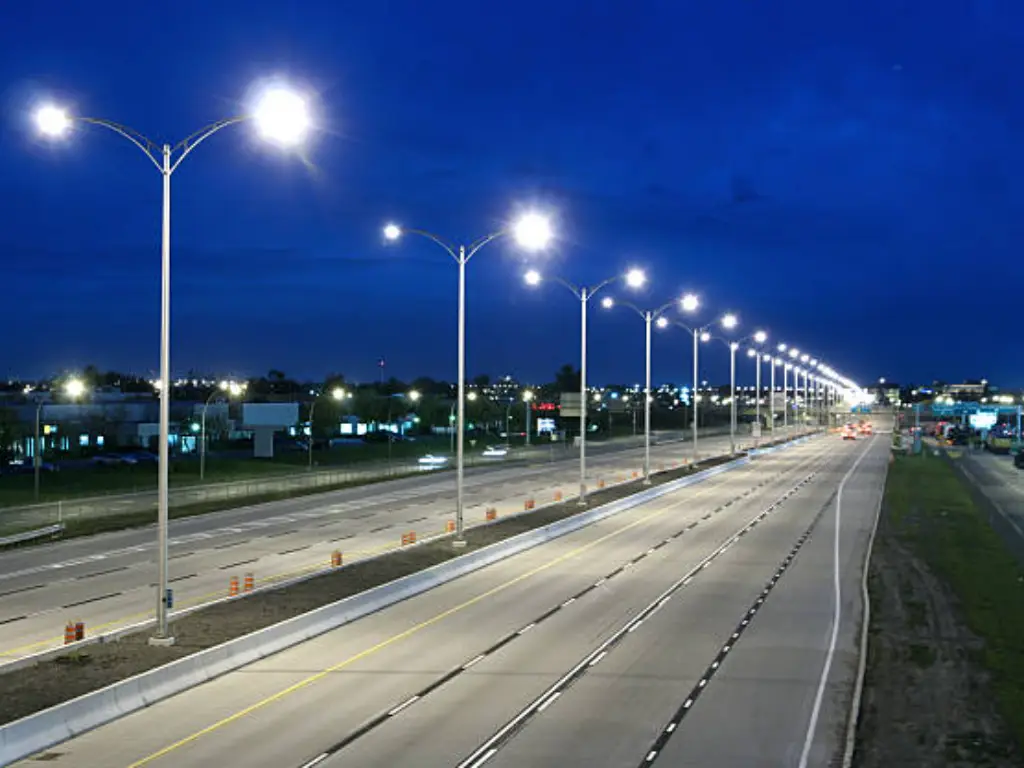
Wosen: Illuminating Your Outdoors with Reliable and Efficient LED Solutions
Wosen has been one of the pioneers in the design and manufacture of LEDs, solar-powered lights, and other innovative products since 1992. This commitment to quality saves our customers greatly in the long run by cutting down on expenses and maintenance. Our customers can also enjoy the savings from the reduced maintenance cost, thanks greatly to the Wosen LEDs Street Lights having a life span of up to 50 thousand hours.
Being a leader in the business comes with a set of great responsibilities and challenges to tackle. For us, smart technology and energy-saving features, maintenance-free operation, and low-cost operation are of the highest significance. Our peripheral management systems consist of highly accurate human and radar sensors to optimize the luminaires. These features enhance the security of public areas by making sure that lights are operational only when needed. Shifting focus to energy efficiency, our products ensure lower power consumption while at the same time yielding the desired result.
We understand that outdoor light fittings are subjected to severe weather. This is the reason Wosen LED street lights have custom-made IP66 waterproof and frost-resistant strips that bond with the lamp body as well as the body of the lamp. This rigid construction minimizes the possibility of leaks and seepage, maintaining reliable function despite being subjected to temperatures below -20 degrees Celsius. Because of these factors, Wosen lights require fewer replacements and very little maintenance over time. Choosing Wosen ensures you have lights that are technologically advanced, energy-efficient, and durable, proving useful for the long term and promoting a sustainable future.
Conclusion: Street Lights – An Automated System Working for Our Safety and Convenience
Street lights are more than just a source of illumination; they are a vital component of our urban infrastructure, working tirelessly and automatically to ensure our safety and convenience after dark. The evolution of street lighting technology, from simple light sensors to sophisticated street light control systems, reflects our ongoing pursuit of efficiency, sustainability, and enhanced urban living.
As we continue to embrace advancements like LED lighting and IoT integration, intelligent street lighting and modern roadway lighting solutions have transformed how we illuminate our cities. Companies like Wosen play a crucial role in providing innovative and reliable solutions that light up our world, making our communities safer, more energy-efficient, and ultimately, better places to live.
